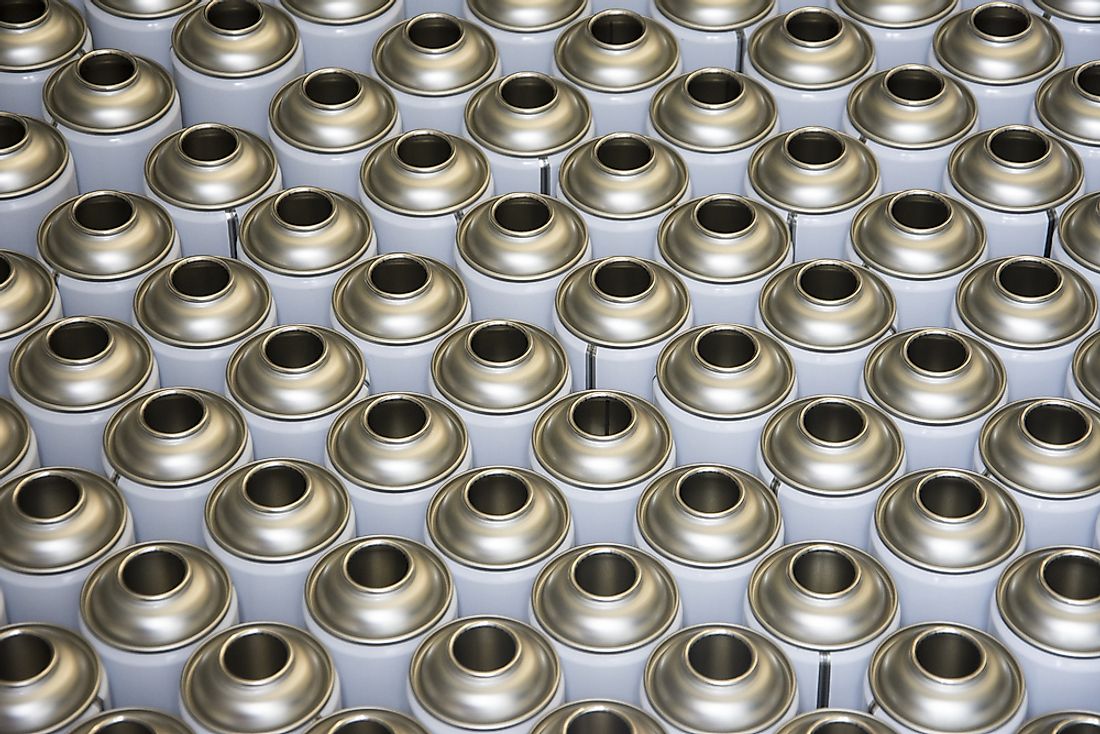What Effects Do Aerosol Cans Have On the Environment?

What Effects Do Aerosol Cans Have On the Environment?
It has long been said that aerosol cans have the adverse effect on the environment. Aerosol cans include a can of spray paint, hair spray, insecticides, deodorants, or whipped cream. During the 1970s, there was a widespread campaign against chlorofluorocarbons in aerosols, stating that they affected the ozone layer. This lead to the official ban on the use of chlorofluorocarbons in the US with only a few exceptions in certain medical applications such as asthma inhalers. However, the use of chlorofluorocarbons in inhalers and other medical applications was eventually banned in 2008. Although chlorofluorocarbons are no longer used, aerosol cans are still not beneficial to the environmental since they are among the many products that play a significant role in smog problems and contributing to global warming.
The History of Aerosol
The first ever patent for aerosol spray was given to a Norwegian engineer in 1927 known as Erik Rotheim in Oslo. In the US, the patent was given in 1931. Rights to the patent were sold to a company in the US for approximately 100,000 Norwegian kroner. In 1998, Posten Norge, the postal service in Norway, celebrated the invention by granting a stamp. Julian S. Kahn was granted an American patent for disposable spray cans in 1939, but the product remained undeveloped. Julian Kahn had the idea of mixing a propellant and cream to create whipped cream while in the house. By 1941, the spray can had finally been put to good use by the inventors of the modern spray can.
The Montreal Protocol
The Montreal Protocol is a 1987 treaty between the U. N. recognized nations to phase out the use of depleting chemicals such as methylmercury chloroform, carbon tetrachloride, and chlorofluorocarbons. The agreement was signed by 191 countries, coming into effect in 1989 while the US was officially phasing out chlorofluorocarbons in 1995. The most common replacements of chlorofluorocarbons include n-butane, propane, and isobutane which are typically mixtures of volatile hydrocarbons. Other chemicals include methylmercury ethyl ether and Dimethyl ether. However, one disadvantage of these replacements is that they are flammable.
Environmental Effects of Aerosol Cans
It is estimated that phasing out of chlorofluorocarbons now stand at 90%, implying that the 10% are still causing damage to the environment. The small percentage is mainly found in developing countries. Even in countries where they have been banned entirely, they have been replaced by propellants containing hydrocarbons, which still contribute to the global warming. The modern CFC-free aerosols still emit the volatile organic compounds (VOCs), which still affect the ozone and the environment. The VOCs are the primary component of the asthma-inducing smog. Besides, the propellants in aerosol cans are highly flammable when in contact with fire and can cause explosions and start fires. Empty aerosol cans are considered as hazardous waste in the US.











